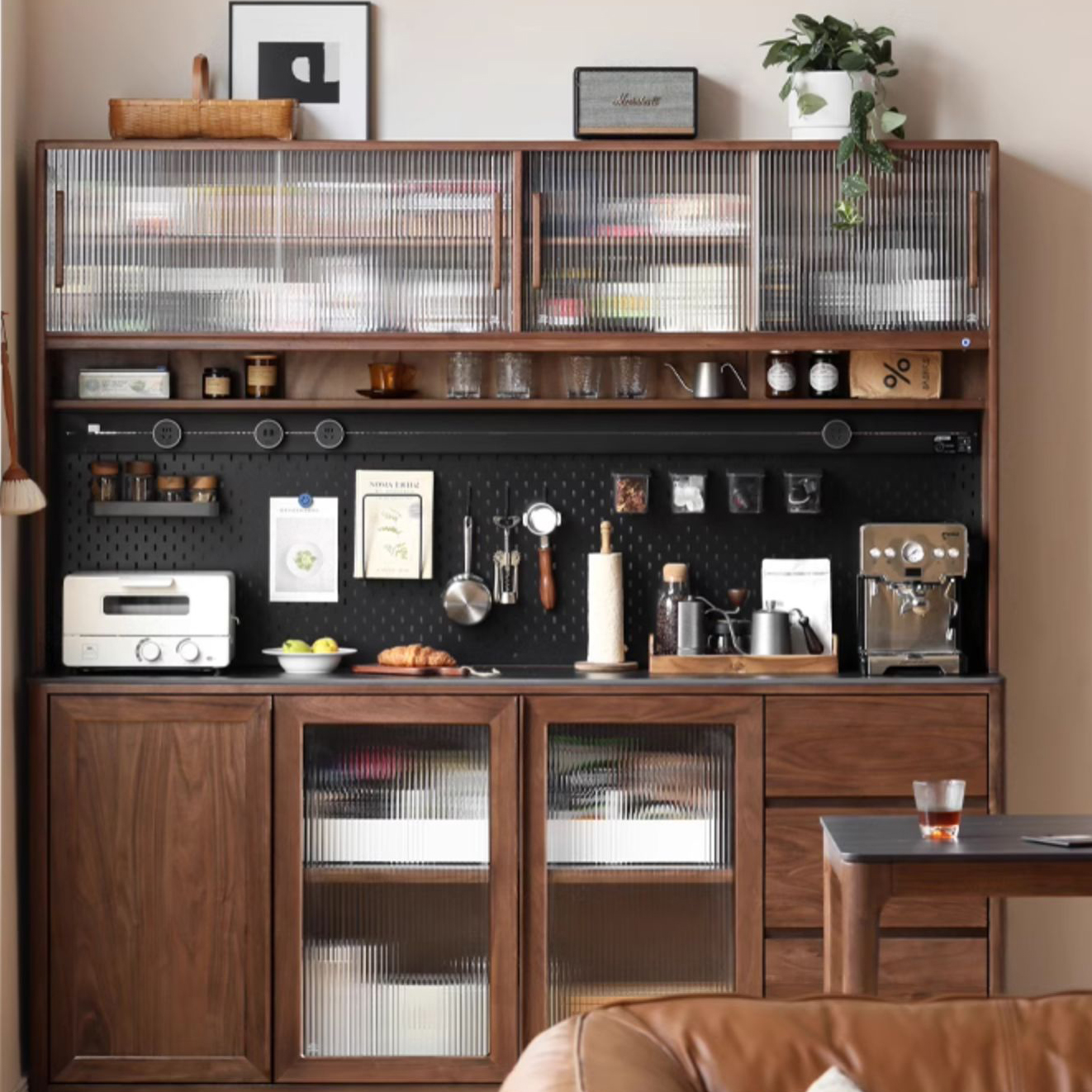
Choosing the right wood is a fundamental decision in the design and production of quality furniture, especially when targeting export markets. Wood materials not only affect aesthetic appeal but also durability, price, and user satisfaction. This article presents a professional analysis of three popular wood types – oak, pine, and walnut – from multiple perspectives including hardness, grain pattern, price point, and longevity, enabling export furniture buyers to make informed decisions aligned with market demands.
Oak wood stands out as one of the most robust hardwoods widely used in furniture manufacturing. It has a high Janka hardness rating of approximately 1360 lbf, which translates to excellent resistance against dents and scratches. Oak’s distinct open grain pattern and warm golden-brown hue create a timeless aesthetic suitable for both classic and contemporary designs.
In export scenarios, oak’s durability makes it ideal for heavy-use furniture such as dining tables, cabinetry, and bedroom sets. However, its relatively higher density results in heavier products, which can affect shipping costs. Oak also tends to absorb finishes well, allowing customization of color tones and protective coatings.
Pine is a softwood with a significantly lower Janka hardness around 420 lbf, making it more prone to dents and scratches than hardwoods like oak or walnut. Its natural pale yellow to light brown shade with subtle knots lends a rustic charm favored in country-style or vintage furniture.
The main advantage of pine lies in its affordability and lightweight nature, which reduces manufacturing and shipping costs—a critical advantage for export-oriented producers focusing on budget segments. However, pine is more susceptible to warping and requires proper treatments and finishes to enhance dimensional stability and longevity.
Walnut is often regarded as a premium hardwood, boasting a Janka hardness of about 1010 lbf. It is prized for its rich dark brown color with intricate swirling grain patterns that impart a sophisticated and high-end look. Walnut’s dimensional stability is excellent, resisting deformation and shrinkage better than many alternatives.
Given its high market demand and limited supply, walnut furniture typically commands a premium price. Export furniture buyers targeting luxury markets and discerning customers often prefer walnut for statement pieces such as executive desks and designer chairs.
When selecting wood for export furniture products, consider the following factors:
Combining these insights with your market requirements can significantly improve decision-making accuracy. For instance, a European client specializing in rustic farmhouse furniture would likely favor pine, while a North American high-end retailer may prioritize walnut or oak.

Selecting the right wood material is pivotal in producing export furniture products that balance aesthetics, functionality, and cost. Oak offers remarkable durability and timeless appeal; pine provides affordability and lightness with a natural rustic look; walnut commands attention with luxury and superior stability. Understanding these differences empowers buyers to tailor their sourcing strategies to their target customer base and competitive market positioning.
For your export furniture products, choosing wood wisely is the first step towards long-term success. Discover Precise Material Selection Strategies for Export Furniture Here.
We invite you to share your experiences and questions below—engage with a community passionate about quality wood and export furniture solutions.











